UTICA, New York ― Kim Devins was at Price Chopper buying milk when her iPhone dinged with a message. Someone was trying to AirDrop her photos of her teenage daughter’s dead body.
Kim’s friend snatched the phone out of her hand and hit decline before Kim saw the screen. The action was, by this point, automatic. It had been two days since Bianca Devins, 17, was found dead, and gory images of her body were going viral. As Kim staggered around grief-drunk, making funeral plans for her first-born child, online trolls taunted her with the photos. Her friends had taken to obsessively monitoring her messages and social media accounts, forming a human firewall to protect Kim from a sight she could not unsee.
Kim, 36, told me this from her living room in Utica, a former mill town in upstate New York, on a cold evening in late November. With wide-set eyes, fair skin and long caramel colored hair, she appeared closer to her daughter’s age than her own. She was 17 when she gave birth to Bianca, and the mother and daughter had, in many respects, grown up together. Kim was so used to Bianca’s presence that her abrupt absence was disorienting. Lately, she was forgetful and easily distracted. “I didn’t notice it until after Bianca passed, but I was looking at pictures and in every single picture, Bianca was sitting next to me,” she said, glancing at the couch cushion beside her. “She always sat close enough that we touched.”
Five months ago, Bianca, 17, misted herself with a rose-scented Bath & Body Works perfume and told her mother she loved her before heading off to see a concert in New York City with her friend, Brandon Clark, 21. It was July 13. She never made it home.
Clues about what happened can be gleaned from Clark’s social media accounts early the following morning. On Instagram, he directed, produced and co-starred in what appeared to be a tale of a heinous crime. In one photo, a dark road is seen, with the text, “Here comes Hell. It’s redemption, right?” In another, viewers can spot a knife. In the most graphic of the set, Bianca’s body is visible, her neck sliced open and blood covering her arms and chest. “I’m sorry Bianca,” the text reads. His final post was a selfie of his own slashed neck, as he lay on a tarp covering Bianca’s body.
Clark survived a suicide attempt and was charged with second-degree murder. He entered a not guilty plea, and his trial is scheduled to begin in February. His lawyer did not respond to HuffPost’s request for comment.
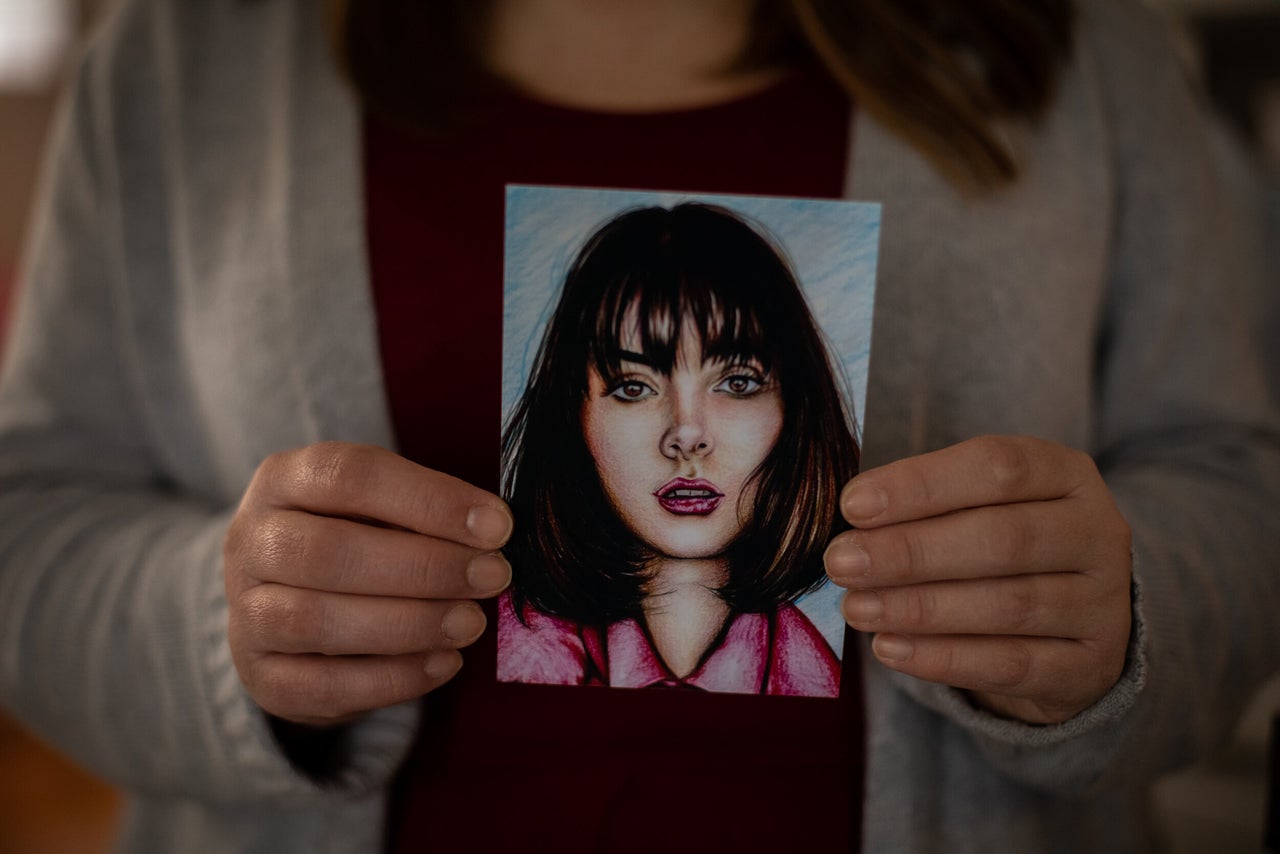
In the hours following Bianca’s death, the horrifying images posted by Clark quickly circulated on Instagram, where they were shared and reshared and modified and shared some more. And as they spread, so did public outrage toward the social media company for its inability to do anything to stop it.
For years, tech companies have struggled with the intractable problem of how to moderate offensive and harmful content, such as terrorist recruitment videos and images of child sexual abuse. While it’s not a new phenomenon for murderers seeking fame to post images online (see this 2012 story), the growth of social media platforms and livestreams has made such content far easier to share and more likely to spread rapid-fire. Back in March, Facebook came under scrutiny after a gunman used its platform to livestream an attack on two New Zealand mosques in which he killed 49 people. While Facebook removed the video 12 minutes after it ended, the delay allowed the video to be downloaded and shared widely.
Under federal law, internet companies such as Instagram and Facebook are broadly protected from liability for what their users post. While they have general rules about what users can share, they face few consequences when those guidelines are broken. But for the families whose pain is exploited in these tragedies, the hurt lingers on and on.
A Viral Nightmare
On Sunday morning, July 14, Kim was woken up by the Utica police ringing her doorbell. They were performing a welfare check because someone saw something online that led them to believe that Clark may have hurt Bianca.
“Everything went into slow motion,” Kim said. She called her father, who lived down the street, and told him to come over immediately. The house began to fill with concerned friends and family members. They stood around, looking at their phones and waiting for an update. Then, a friend of Kim’s 15-year-old daughter Olivia made a tortured sound. Someone had direct messaged her the picture.
A photo of Bianca’s murder made its way into Kim’s house before her daughter’s body had even been identified.
Immediately, Kim’s family and friends reported the image to Instagram and to the police. But instead of removing the photos instantly, as Kim’s family expected, Instagram responded that the photos either did not violate Instagram’s community guidelines, which dictate what is allowable content, or that they could remain up with a sensitive content warning, which blurred the photo but allowed users to click through to see it.
The following day, a HuffPost reporter flagged graphic photos of Bianca to Instagram and received the same response. In one case, it took Instagram 10 hours to respond, only to determine the image could remain online. Her family says photos remained on Instagram for a week, and occasionally still pop up today.
In an interview with HuffPost, Karina Newton, head of public policy at Instagram, stressed that the images did violate the platform’s community guidelines and should have been immediately removed. But content moderation relies on human judgment, she said, and mistakes happen. Instagram and Facebook have around 15,000 content moderators who are responsible for making quick decisions about whether posts should stay or go.
“Generally, we say that we get it wrong about 1 in 10 times,” she said. “Sometimes we take down content that we shouldn’t have taken down. Sometimes we leave up content that we should have removed.”
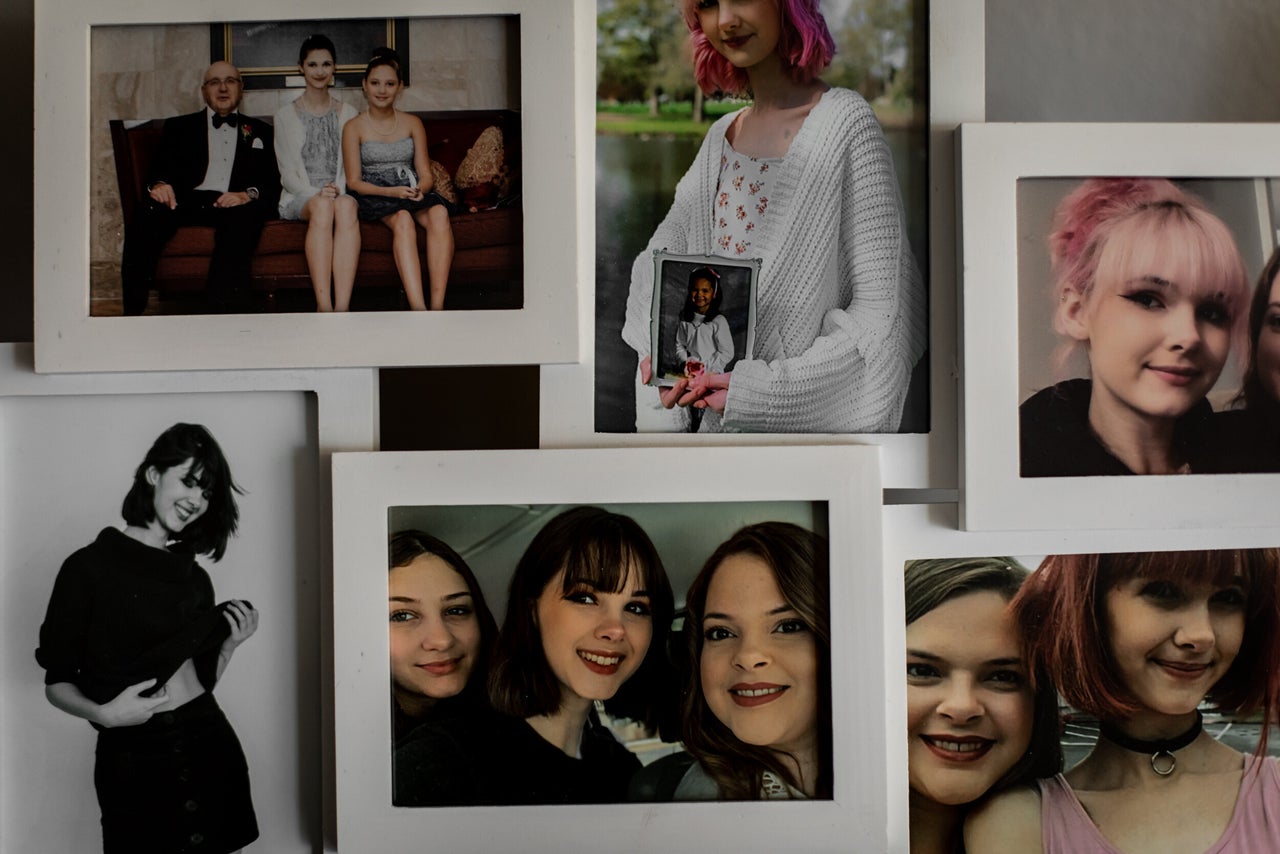
Instagram used “image hashing” technology to find and remove photos of Bianca’s body, she said. In simple terms, Instagram created a “hash” or digital fingerprint of each prohibited image and added them to a database of banned photos.
“We use algorithms to find content that matches that “hash” in order to detect it and potentially remove it,” she said. “We also automatically delete new content which people are attempting to upload if it matches the hash in our database.”
Efforts to scrub images of Bianca from Instagram were stymied by users who uploaded new, manipulated copies of the images, she said. “We were taking images down as fast as they were being uploaded,” she said. “But each different version of the image requires a different hash.”
Kim is not satisfied with this response. “Both Instagram and Facebook overstated how quickly they took the pictures down,” she said. “There were pictures found on Facebook well into September, buried in comments and cover photos. I posted a tribute to Bianca with music, the post was immediately muted due to copyright. However, the graphic and violent photo of my daughter after she was murdered was allowed to be spread.”
In the days following her daughter’s death, trolls plastered Kim’s social media accounts with the images in an unrelenting digital attack. Others used the photos to gain new followers, and falsely claimed to have video of the attack. On top of the realization that her daughter was gone, she had to contend with the knowledge that strangers were reveling in her family’s greatest pain.
“I’m disgusted,” she said. “I just kept saying, ‘What is wrong with this world that you think that’s acceptable?’ I don’t understand it. She’s someone’s daughter.”
In August, Kim’s congressman, Rep. Anthony Brindisi (D-N.Y.), asked Instagram to do an independent audit of Bianca’s case, and to provide the family with information about how long it took to remove the images. Facebook, Instagram’s parent company, has promised to share an evaluation of the case with Kim, though said it could not be an independent audit because of the sensitive data involved.
But five months after Bianca’s death, Kim is still waiting.
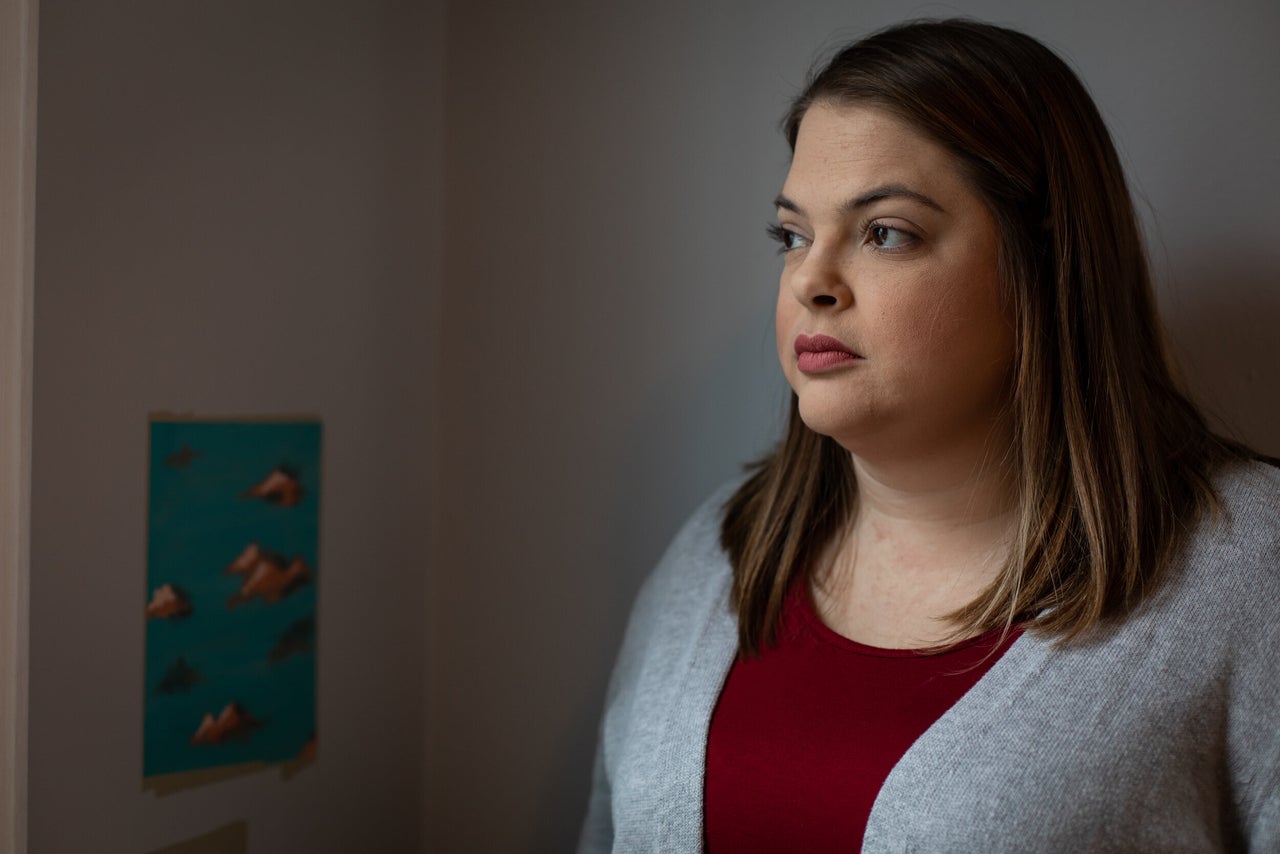
Hany Farid, a professor at the University of California, Berkeley whose research focuses on digital forensics and image analysis, slammed Instagram’s handling of the photos. “It should not take days or weeks [to remove offending images]. It should be minutes to hours,” he said. “If somebody says, ‘This is an image of a gruesome murder,’ Instagram should have the human resources to look at it immediately. This is an emergency.”
Farid is very familiar with the image hashing technology that Instagram uses to halt the spread of prohibited images. In 2009, he helped to develop PhotoDNA, software that is used to detect and remove child sexual abuse imagery online.
In his expert opinion, Instagram and other companies have the technology to do better.
“The fact they are simply not is absolutely inexcusable and borders on criminal activity,” he said. “At the end of the day, the easiest thing for them to do is to not be in the content moderation business because it’s hard and it’s expensive and it requires difficult decision-making.”
Legally, under Section 230 of the Communications Decency Act, platforms like Facebook, Youtube, Instagram and Twitter have broad immunity from liability when it comes to user-generated content.
“Without laws, it comes down to whether a company like Instagram has the moral compass pointed in the ‘right’ direction,” said Hemanshu Nigam, a former federal prosecutor in cybercrime. “The right thing to do in such instances is to act swiftly to remove the content and to proactively enforce its own terms of use, rather than acting only because of press attention.”
The Internet Reacts
In the absence of action by Instagram, frustrated social media users stepped up to help. They flooded Instagram with photos of pink clouds tagged with #RIPBianca, so that anyone who looked up the hashtag would see positive images, not gore.
For Kim, the choice of pink clouds by strangers was oddly perfect. She took me into Bianca’s bedroom to explain why. On the wall closest to Bianca’s bed, she had painted a perfect rectangle of dreamy pink clouds.
Art was an outlet for Bianca, Kim said. As a teen, Bianca was diagnosed with depression, anxiety, post-traumatic stress disorder and borderline personality disorder, and had trouble making friends. Online, she found a space to share her artwork and make friends, without the pressure of face-to-face conversation.
“That’s where Bianca felt most comfortable, on the internet,” Kim said. In real life, “she never felt like she fit in.”
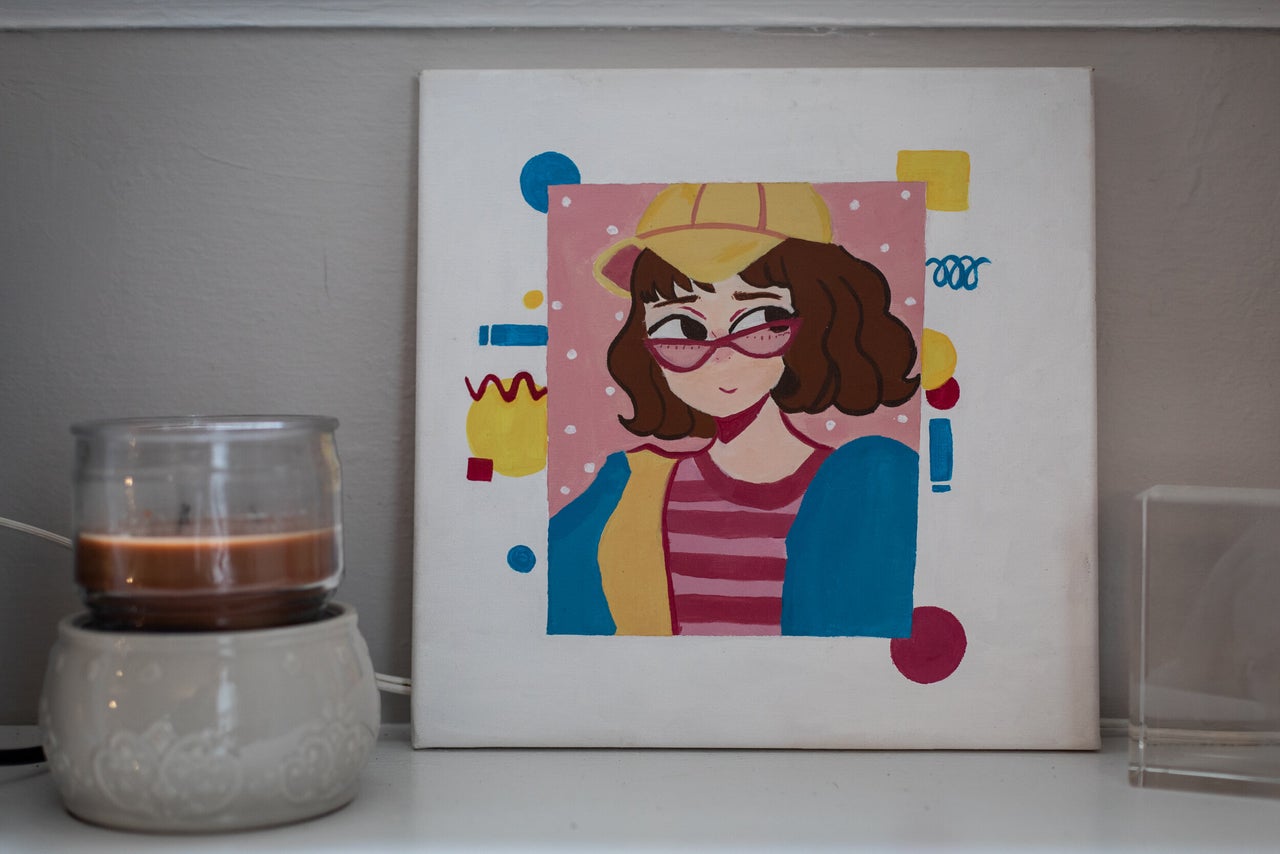
Bianca had been in and out of the hospital receiving mental health treatment for much of her teen years, Kim said. But recently, her moods had stabilized. In February, Bianca came home after a long hospitalization and seemed different. She wanted to go to school for psychology. She wanted to model. She had plans.
“Bianca finally had direction,” Kim said. “She was happy and healthy.”
On June 28, she graduated high school, wearing a cap and gown she had decorated herself with pink roses and glitter. That weekend, she threw a graduation party at her house. Among her guests was Clark, a friend she’d made a few months earlier. Kim had met Clark a few times, she said, and he came across as polite and unthreatening. At the graduation party though, he acted strangely. Every time he introduced himself to someone, he referred to himself as Bianca’s boyfriend. Each time, Bianca would quickly correct him.
Cody Meulengracht, 30, Kim’s friend and one of her roommates, recalled watching Clark’s face drop. “He looked taken aback,” he said. “At the time, I thought it was shock. Now I think it was anger.”
Bianca had made it clear to her mother that she and Clark were only friends. “She wasn’t at a point in her life where she wanted to be tied down to anything,” she said. The two had fooled around a few times, Bianca confided in Kim, but she didn’t have romantic feelings for him, it was just a friends-with-benefits type scenario.
“She had been honest with him about her feelings, and she thought it was fine,” Kim said.
The night of the concert ― two weeks after her graduation party ― Bianca was planning to meet up with another boy at the venue, Kim said. While few details of the night have been publicly released, Kim believes that Clark killed her daughter because he was jealous.
“He wanted more from Bianca than she wanted,” she said. “I think Brandon thought if I can’t have you, no one can.”
The Residual Effect
At the time of our interview, Kim’s friends and family were still sporadically finding the images of Bianca online. Each time, they report it to authorities. This act ― of tracking down and reporting the images ― has taken a toll on everyone involved.
Just last month, someone tipped off Kaleigh Rimmer, another one of Kim’s roommates, about an Instagram account where one of the photos was posted. But they didn’t provide the actual post. So Rimmer had to manually scroll through the person’s photos, looking for it.
“I felt terrible because now I’m hunting for this photo,” she said. “I don’t ever want to see it again and I know it is going to be terrible. But at the same time, I need to do what I can to get it taken down.”
She estimated she’d made hundreds of reports. So had Meulengracht, who also lived in the house with Bianca.
Of all the people Bianca was close to, Meulengracht had received the most trolling. He thinks it’s because Bianca tagged him in a few photos, affectionately referring to him as her stepfather, and talked about him in online postings. That made it easy for bad actors to find and target him.
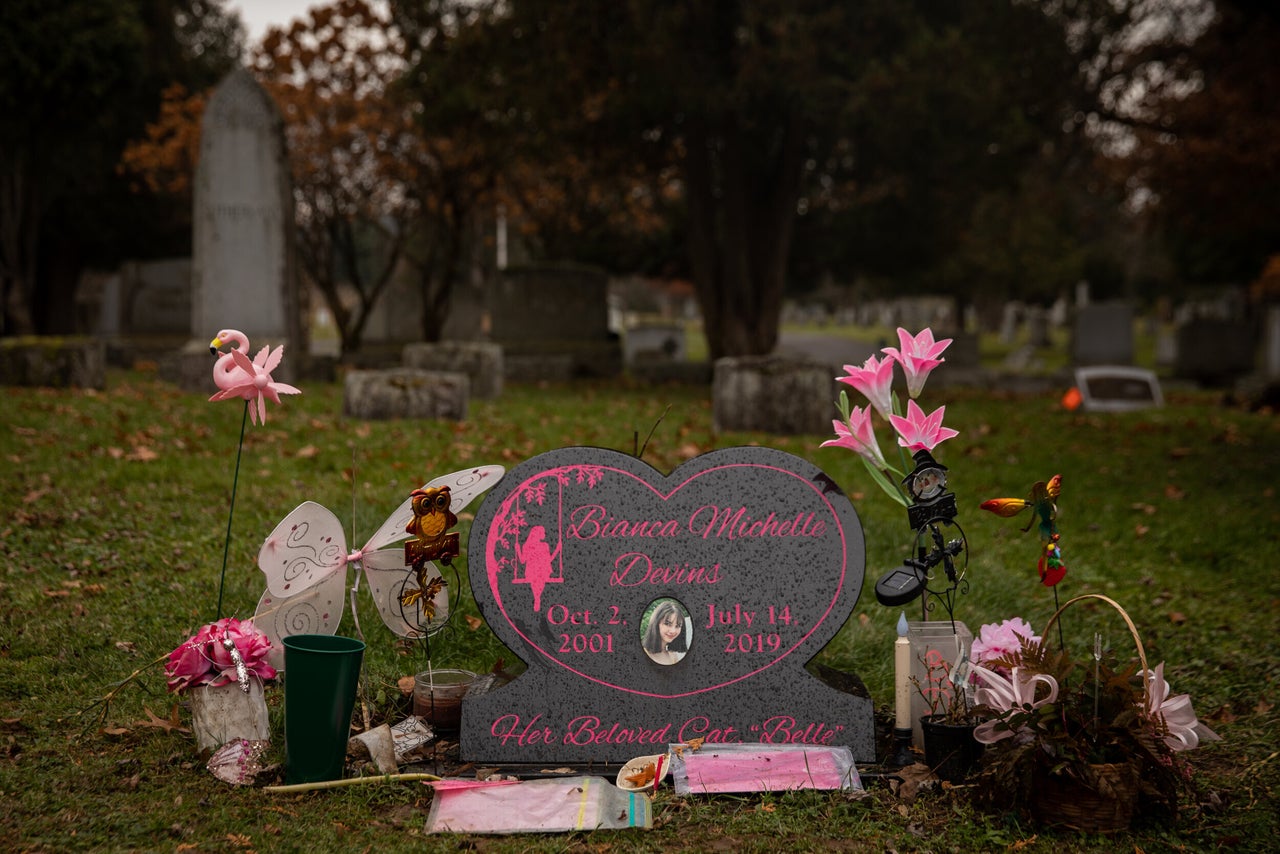
“I’ve been tormented and harassed and it has affected my whole mental state,” he said. He has been experiencing flashbacks. Sometimes, when he spots one of the many beautiful pictures of Bianca’s life that are hung up on the walls of their home, he will involuntarily flash to the death photo. “I have seen some of the most horrific things that anybody should ever have to see,” he said.
For Kim, she is finally coming out of a state of shock. For months, it hadn’t sunk in that Bianca was gone. These days, it feels more real. When she is in the kitchen, she feels her daughter’s absence the most. They used to wash and dry dishes together. Now Kim does it alone. So much of her life was shared with Bianca that it feels odd doing things without her. She recently purchased a new car. Afterward, at Target, she broke down in the bathroom. At first, she wasn’t sure what triggered her. Then she realized that her new car was the only car she’d ever owned that Bianca wouldn’t ride in.
She has still not seen the photos, thanks to constant vigilance from her friends and family. It is a small blessing during an impossible time.
“I remember Bianca as this beautiful, bright young girl who left my house and said, ‘I love you,’” she said. “I’d rather keep that.”
